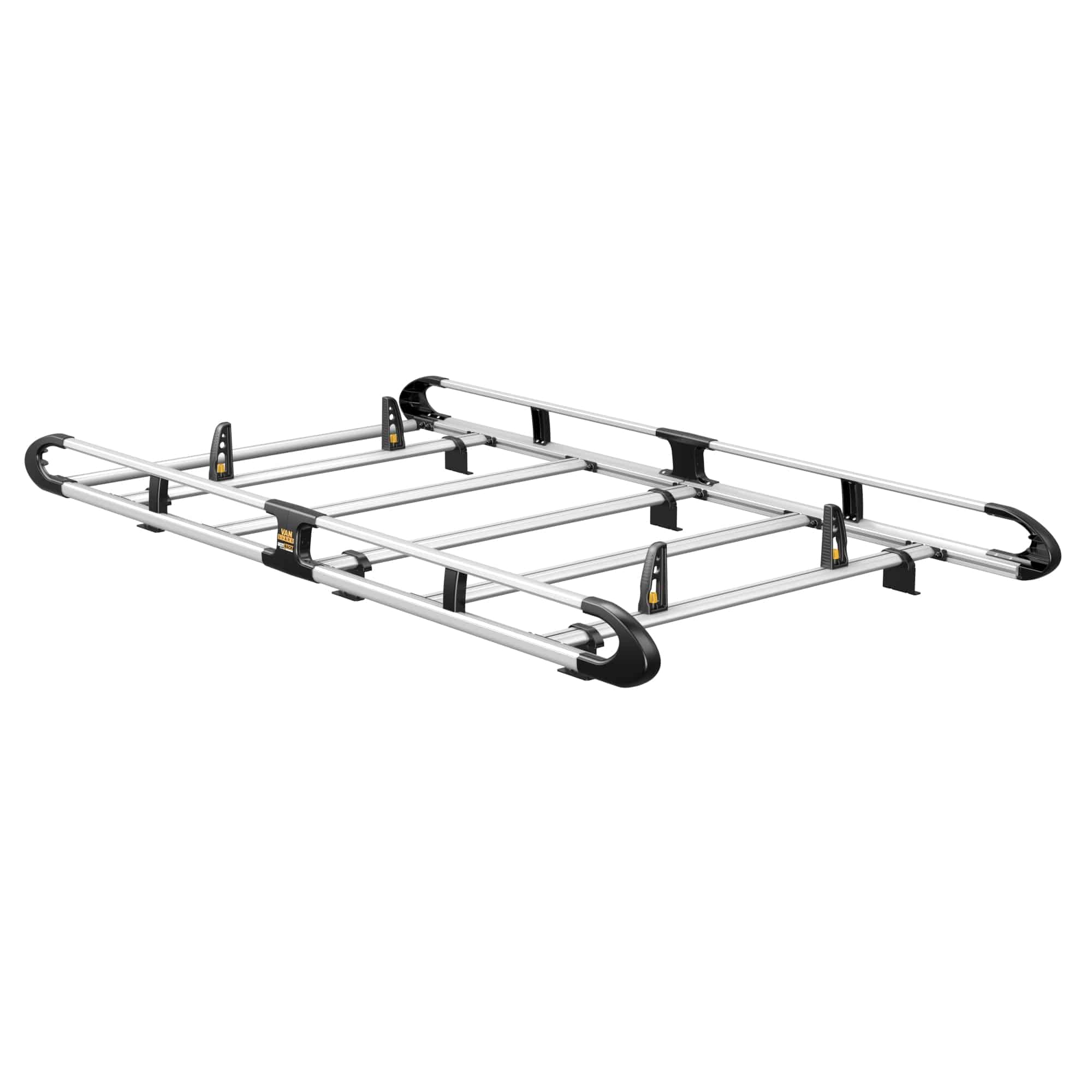
Blog

Polypropylene vs Plywood Van Lining Kits: Which One is Right for Your Van?
Upgrading your van interior isn’t just about aesthetics—it’s about functionality, protection, and maximising your investment. Whether you’re a builder, electrician, courier, or a tradesperson of any kind, choosing the right van lining kit can impact your workflow and your bottom line. The debate between polypropylene plylining kits and traditional plywood kits has grown as more professionals look for lightweight, durable, and practical solutions.
In this guide, we’ll break down the pros and cons of both materials to help you decide what works best for your vehicle and profession.
What is Plylining and Why Does It Matter?
Plylining is the process of lining the interior walls, floors, and doors of a van with durable materials. The goal is to protect the metal shell from dents, scratches, rust, and everyday wear and tear. More than that, lining can:
- Extend vehicle lifespan
- Increase resale value
- Help organise cargo
- Improve safety
- Support heavy-duty applications
Without proper lining, the repeated movement of tools, cargo, or equipment can cause significant damage to your van.
What is a Polypropylene Plylining Kit?
Polypropylene lining kits are made from a lightweight, chemical-resistant plastic. Unlike wood, polypropylene doesn’t absorb moisture and offers a clean, slick finish that’s easy to maintain.
Benefits of Polypropylene Kits:
- Lightweight: Improves fuel efficiency and overall handling.
- Washable: Easily hosed or wiped clean.
- Resistant to chemicals and moisture: Great for trades that involve water, oils, or solvents.
- Non-porous: Helps prevent mould and mildew buildup.
- Modern aesthetic: Gives a more professional appearance inside the van.
Best For: Electricians, plumbers, mobile cleaning services, delivery drivers.
What is a Plywood Plylining Kit?
Plywood has long been the industry standard for van linings. It’s made from compressed layers of wood and offers excellent durability and load-bearing capacity.
Benefits of Plywood Kits:
- Strong and durable: Ideal for carrying heavy tools or materials.
- Cost-effective: More budget-friendly in terms of initial investment.
- Customisable: Easy to screw into and modify with shelving, racks, etc.
- High-impact resistance: Great for construction or heavy-duty trades.
Best For: Builders, carpenters, joiners, construction trades.
Polypropylene vs Plywood: A Feature Comparison

Polypropylene vs Plywood: Which van plylining kit is right for you? Discover the pros and cons of each material with this side-by-side feature comparison.
Why Material Choice Matters
Your van is your mobile office. Choosing the wrong lining material can mean more maintenance, less organisation, and potentially higher fuel costs. For example, a lightweight polypropylene kit can reduce overall van weight, improving fuel efficiency and reducing wear on tyres and suspension. A plywood kit, while heavier, provides strong backing for tool mounting and can take more of a beating.
Environmental Considerations
Polypropylene is recyclable and durable, making it a good choice for those aiming to reduce their environmental impact. Plywood, being a wood product, has natural renewability but may need to be replaced sooner if damaged by water or impact.
Learn more about recycling polypropylene at Wrap UK.
What Does Plyline UK Recommend?
At PlylineUK, we offer both high-quality polypropylene and plywood plylining kits, tailored to your specific van model. We help customers choose based on their trade, budget, and daily van use.
Visit our shop:
Polypropylene kits are best suited for light trades, delivery services, or anyone needing an easy-to-clean, professional interior.
Plywood kits work well for those needing strength, custom shelving, and support for heavy equipment.
Both options have their place, and PlylineUK is here to help you make the right decision. Explore our full collection today or get in touch for tailored advice!
Visit us at: www.plylineuk.co.uk



